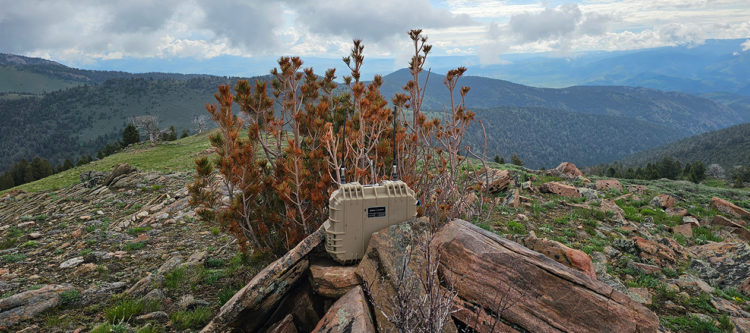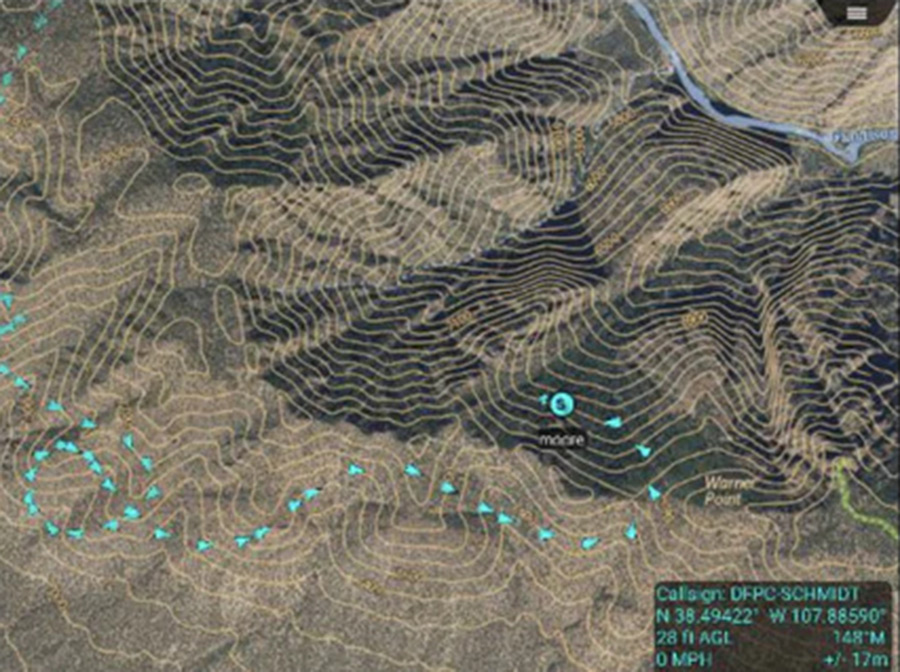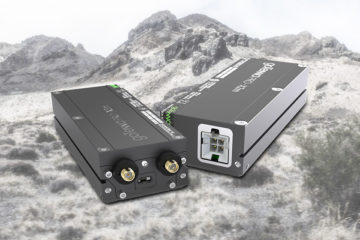10 spots to set up a mesh network device in advance of a heat wave

According to the World Meteorological Organization, July 2023 was confirmed to be the hottest on record for any month ever recorded. In the face of escalating heat wave records in 2023 and subsequent challenges they pose, emergency personnel, as well as firefighters, have been pushed to their limits. Heat waves are often accompanied by power outages and wildland fires, wreaking havoc on terrestrial ground networks such as WiFi and cellular connectivity.
goTenna is monitoring escalating wildfires and tropical storms around the world. Many goTenna customers are already deployed to support these events. If your team is in urgent need of equipment or support, please contact us here.
Setting up stage and command areas can be highly challenging in environments where traditional network connectivity is lost. This calls for a more proactive and preventative fire management strategy. One of the ways that firefighters and emergency management personnel can prepare in advance is by setting up an ad-hoc mobile mesh network in anticipation of a heat wave.
A previous article on The Last Mile discussed the advantages of using a mobile mesh network like goTenna when terrestrial connectivity is compromised during wildland fires. These devices are small enough to be stored in a fireproof pouch and are built for ruggedized use. To ensure optimal functionality, starting placement of these devices is crucial. In this post, we’ll be highlighting the 10 locations to consider for optimal coverage prior to wildland fire deployment:
- Aerial assets: Identify drones, helicopters, planes, high ground, or elevated points that may potentially travel to an affected area. These vantage points offer better line-of-sight communication and improve the overall coverage of the mesh network. Not to mention this can provide full situational awareness, preventing deaths and injuries to firefighters below during water drops. Check out this article about how a mesh network connected the entire island of Oahu using a combination of ground-based and high-altitude relays in only 4 hours.
- Helipads and Airstrips: Helipads and airstrips are essential for aerial firefighting operations. Placing mesh network devices in proximity to these areas facilitates seamless communication between ground and airborne teams, enhancing overall coordination.
- Strategic Wildland Interfaces: Focus on setting up devices near wildland-urban interfaces. These transition zones between developed areas and open land are critical during wildfires. Using mesh network devices helps bridge the gap between remote firefighting teams and centralized command centers.
- Firebreaks and Access Roads: Firebreaks and access roads act as natural barriers against advancing fires. Positioning off-grid devices along these pathways ensures uninterrupted communication even as fires approach. The clear space minimizes signal interference and enhances the reliability of the mesh network.

In this 2018 exercise, Chainsaw teams could see [using goTenna Pro X + ATAK] that the trainee was moving away from the spot fires back toward them, which provided substantial peace of mind as all firefighters began to fall back. Positioning relays in these key locations in advance can provide a lifeline in the midst of operations. - Temporary Camps and Staging Areas: Firefighters often establish temporary camps and staging areas during operations. These locations serve as centralized points for resources and personnel. Installing mesh network devices here facilitates real-time coordination and situational awareness among teams.
- Water Sources: Lakes, rivers, and reservoirs are valuable resources during firefighting efforts. Setting up mesh network devices near water sources serves a dual purpose. It ensures connectivity and allows for monitoring water availability, aiding firefighting strategies.
- Towers and Communication Infrastructure: Leverage existing communication infrastructure such as cell towers, radio repeaters, and microwave links. Collaborating with local telecommunication providers can help integrate off-grid mesh network devices into these setups, extending coverage and reliability.
- Sensor Placement: Integrate mesh network devices with environmental sensors like temperature and wind sensors. Deploy these sensor-equipped devices in areas prone to rapid temperature changes, enabling early detection and response to escalating heat waves.
- Backbone Redundancy: Establish a redundant backbone by placing multiple devices along key communication pathways. Redundancy minimizes the risk of network failure and ensures continuous connectivity, even if specific devices become compromised due to extreme heat.
- Remote Perimeters: Extend the mesh network to remote perimeter locations where firefighting teams may be stationed. These areas often lack traditional communication infrastructure, making off-grid devices critical for maintaining contact and coordination.
The relentless onslaught of an extreme heat wave demands innovative solutions for proactive and effective firefighting operations. Off-grid mobile mesh network devices have proven to be a lifeline in these challenging scenarios. By strategically placing these devices on aerial assets, wildland interfaces, firebreaks, and other crucial locations, firefighters can establish a robust communication network that withstands the harshest conditions. This network enhances coordination and contributes to safer and more efficient firefighting efforts, ultimately safeguarding lives, property, and the environment.







No Comment